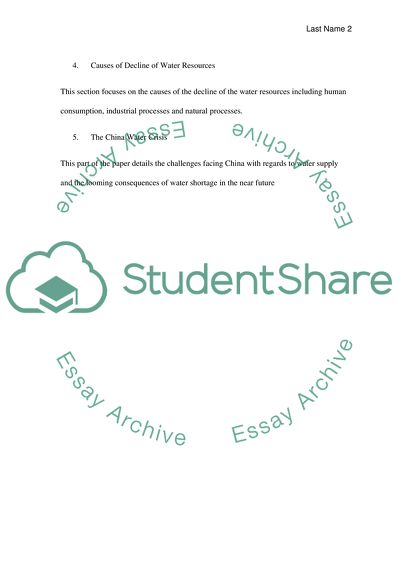Cite this document
(Water Depletion of Yellow River in China Coursework, n.d.)
Water Depletion of Yellow River in China Coursework. https://studentshare.org/geography/1853714-water-depletion-of-yellow-river-in-china
Water Depletion of Yellow River in China Coursework. https://studentshare.org/geography/1853714-water-depletion-of-yellow-river-in-china
(Water Depletion of Yellow River in China Coursework)
Water Depletion of Yellow River in China Coursework. https://studentshare.org/geography/1853714-water-depletion-of-yellow-river-in-china.
Water Depletion of Yellow River in China Coursework. https://studentshare.org/geography/1853714-water-depletion-of-yellow-river-in-china.
“Water Depletion of Yellow River in China Coursework”. https://studentshare.org/geography/1853714-water-depletion-of-yellow-river-in-china.


